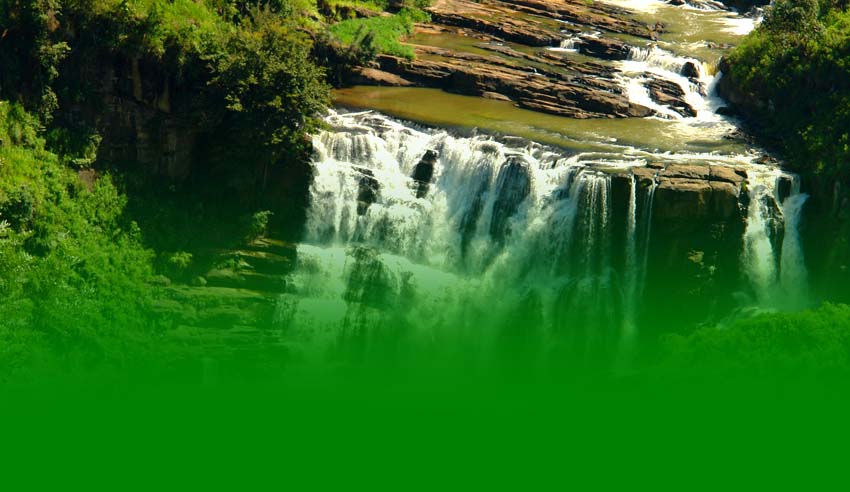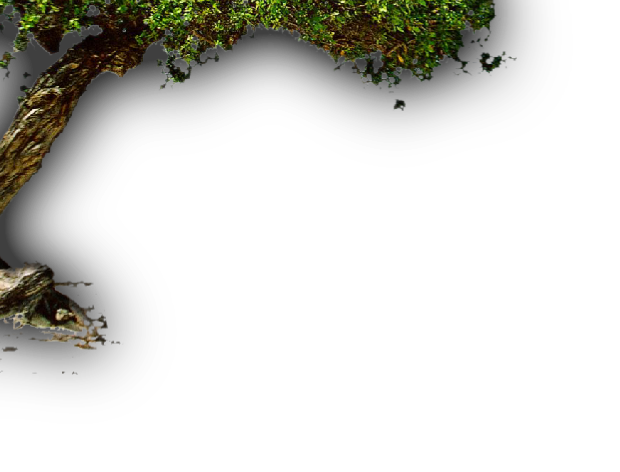





 Sri Lanka Facts
Sri Lanka Facts


BIRDS OF SRI LANKA
Having a total of 443 bird species comprising of endemic, resident and migrants, Sri Lanka is a irresistible birding destination for observing a wonderful variety within a relatively short period in a compact area. Of this total, recent taxonomic revision in Rasmussen & Anderton (2005) brings up the number of endemic species in the island to 33. Also there are 53 species which are endemic to India and Sri Lanka. Starting from wet zone jungles to the dry zone wetlands a birding tours provide an excellent chance of observing a fascinating diversity of the island’s avifauna. With an experienced professional birdwatcher’s guidance this can be an unforgettable birding experience. As said before, due to its manageable small size the visitor can comfortably visit virtually all of the good sites in the country in the space of two weeks. Also the visitor with limited time can be prudent and combine the sites for endemics with sites of general wildlife interest and archaeological/cultural sites
All visiting birdwatchers to the island would like to observe all or as many as possible of the above birds and add them to their ‘life list’. Among these the top priority would go to Sri Lanka Endemics and species endemic to both India and Sri Lanka. Also among these would be some migrants from North India and Central Asia. It is also an intriguing fact that a number of migrants from Northern Indian region are easier to observe in Sri Lanka than in India. The Pied Ground Thrush, Kashmir Flycatcher, Indian Pitta, Indian Blue Robin are among those.
These birds are distributed in the three climatic zones of Sri Lanka. They may be classified as follows:
1. Low Country Dry Zone: comprises the northern half and eastern parts of the
Island (one monsoon, annual rainfall 600-1900mm)
2. Low Country Wet Zone: South-western parts of Sri Lanka
(two monsoons, annual rainfall 1900-more than 5000 mm)
3. Montane or Hill Zone: Centre of the southern half of the island
Lower Montane Zone: 300m-1500m in altitude
Upper Montane Zone: above 1500m in altitude
Also, there is an Intermediate Zone between the wet and dry zones and two Semi-arid Zones in the south-east and north-west of Sri Lanka.
The bulk of the resident species is distributed in all zones. However the majority of the endemic species occur in the wet southwest region of the country, which lies in the Low Country Wet Zone and the mountainous Hill Zone where they are mostly confined to the natural forest areas. The distribution of bird species is also influenced by altitude. Hence a number of species may have a restricted distribution in the Low Country Wet Zone while some others confined to the Montane or the Hill Zone.
The influx of migratory species takes place towards the end of August every year. Since Sri Lanka is the southern-most terminus of the trans-Indian migration flight these birds remain in the island till the following April/May. Hence there are no ‘passage migrants’ passing through to other wintering destinations. The majority of these migrants (about 100 species) are known to be annual visitors while a very few are rare vagrants to the island. Waders’ ducks and wagtails are the main migrant groups and they are associated with wetland habitats.
An intriguing matter pertaining to migration is the fact that many of the migrants that spend their winter with us appear to return, year after year, to the very same territory, which they defend against intruding members of their own species. It is established that similarly, birds return, annually to the same nesting-territory to breed.
The best period to visit Sri Lanka for birding would be during the northern winter when all the migrants are here. But if some one is concentrating on the endemics and near endemics, the tour could be done any time of the year.